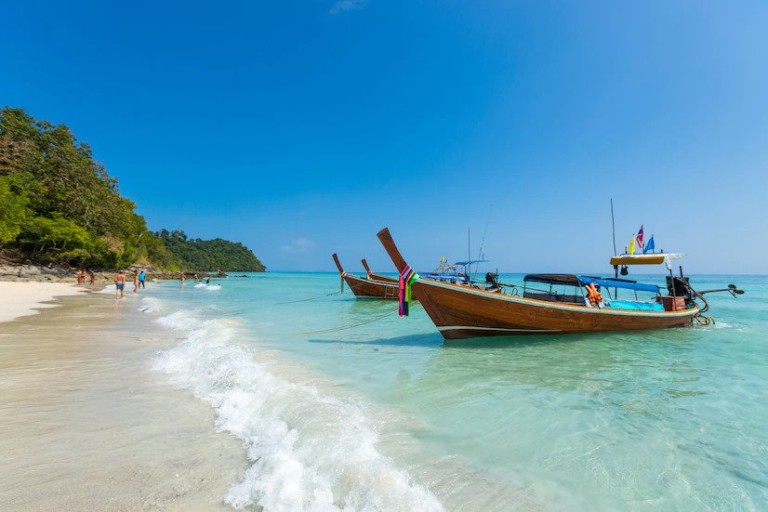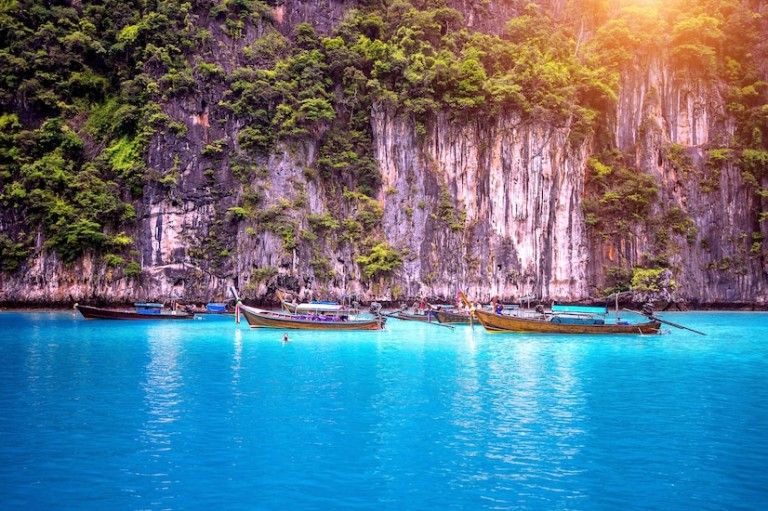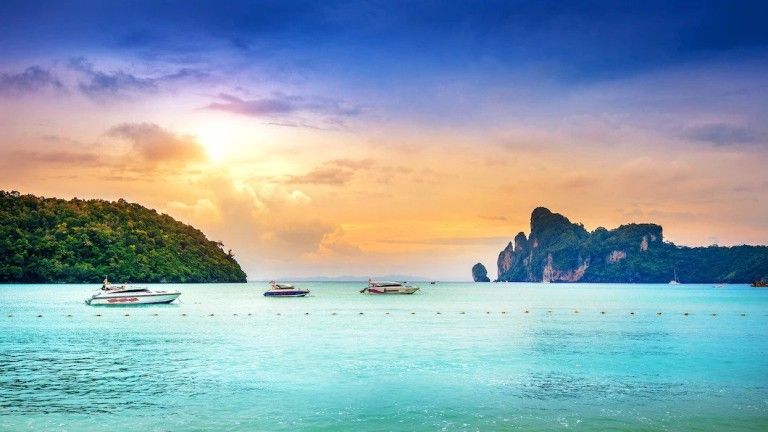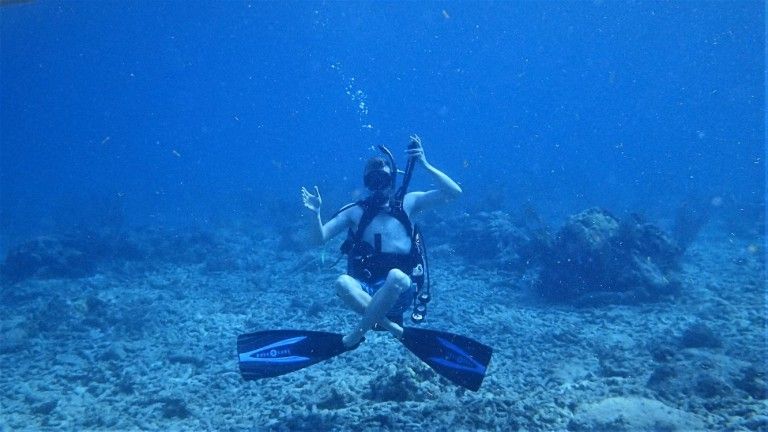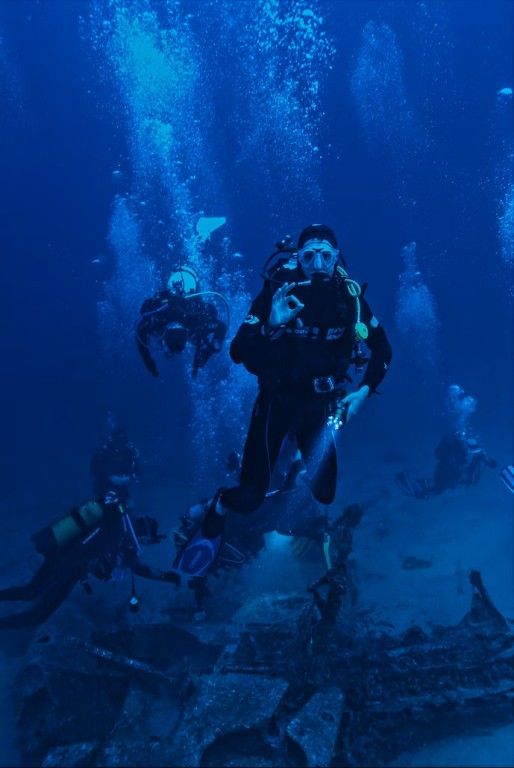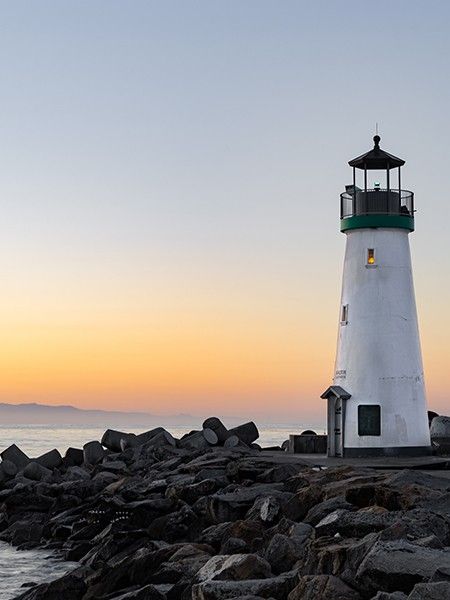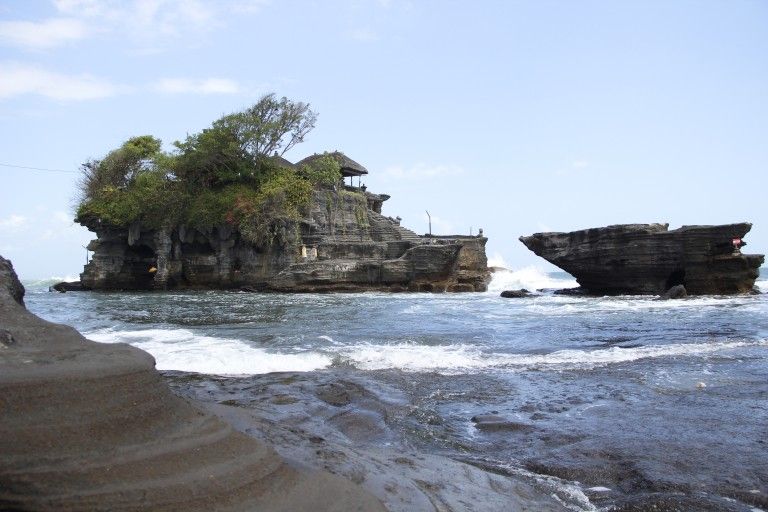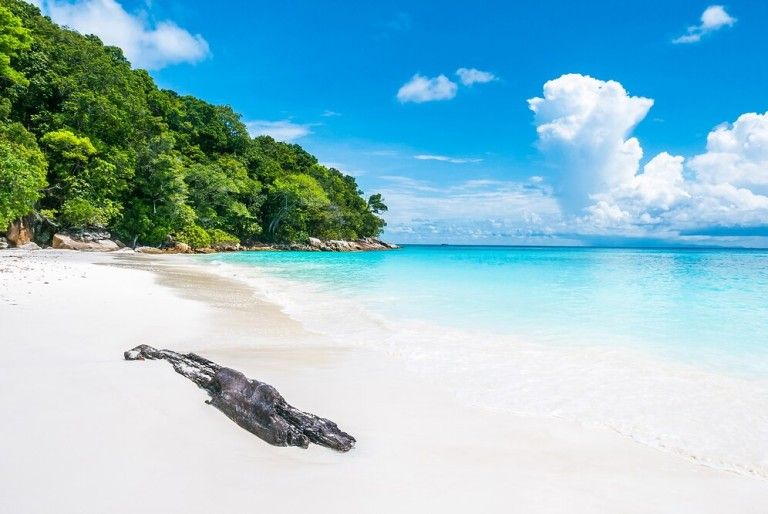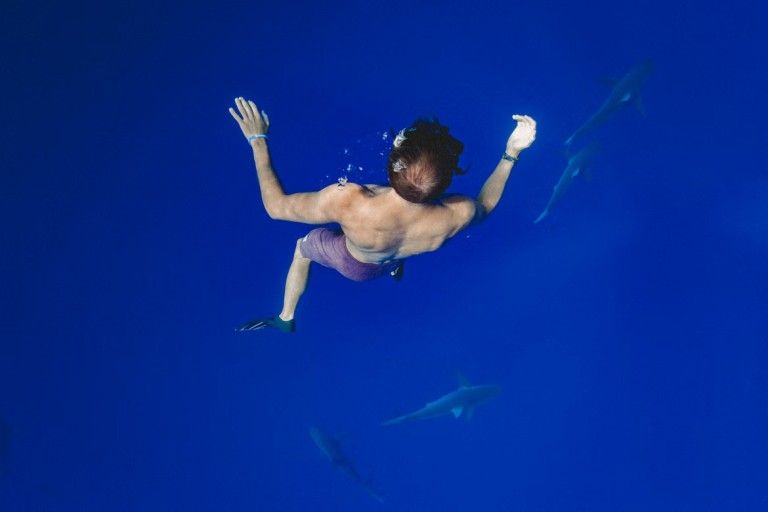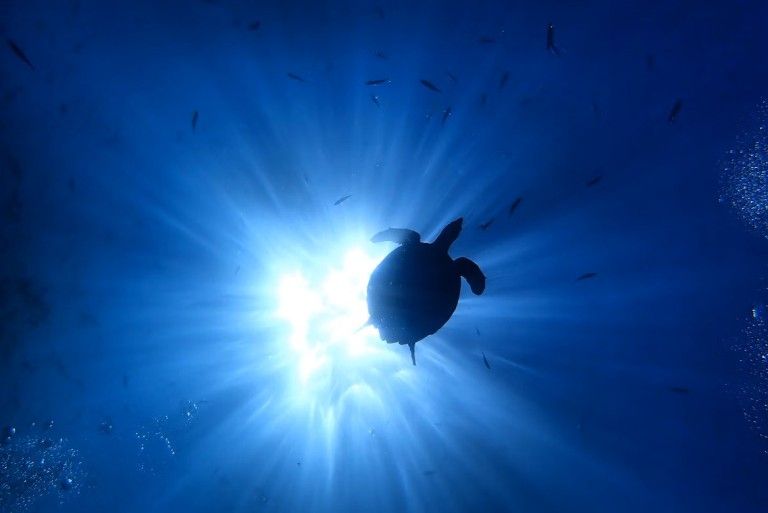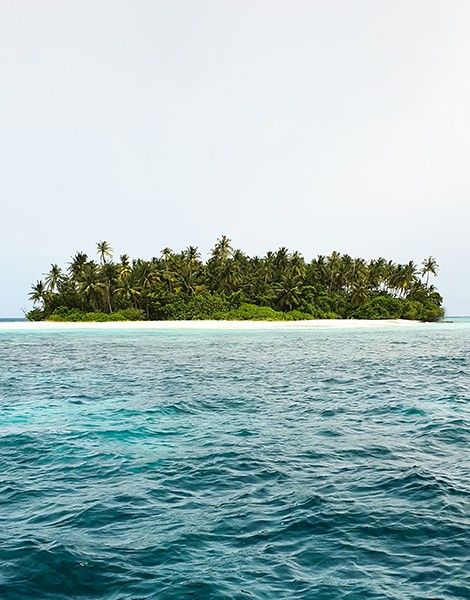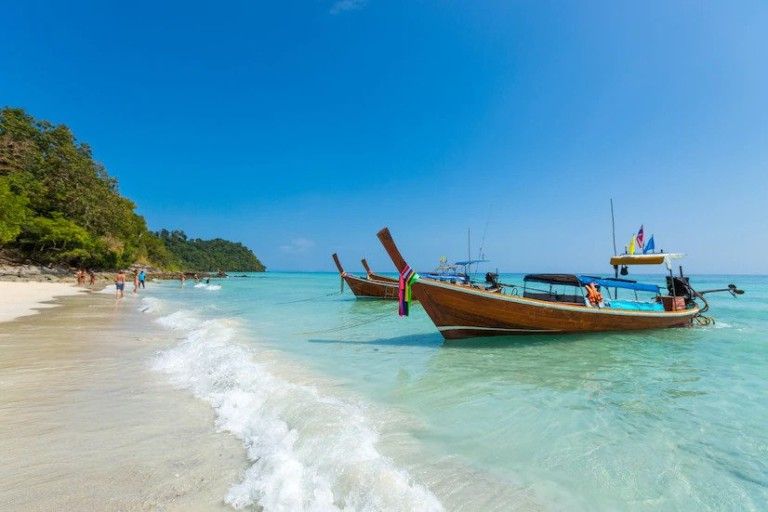Diving Sites in Port Blair



Scuba Diving in K-Rock, Neil Island
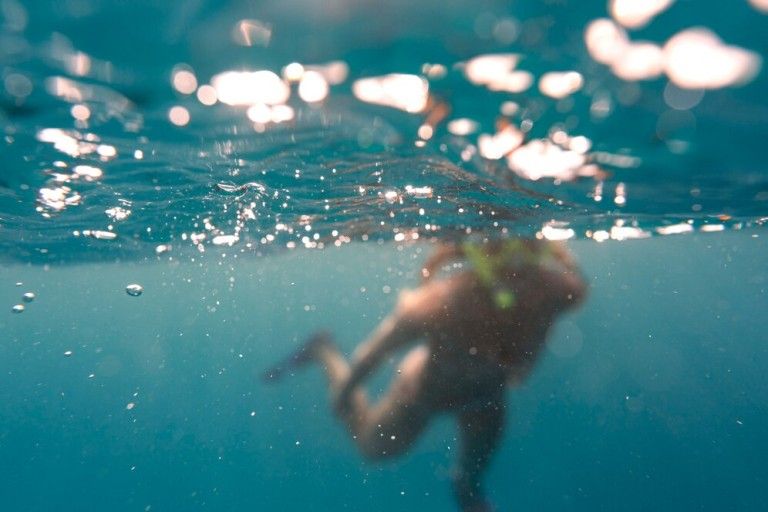
About K-Rock, Neil Island (Shaheed Dweep)
Neil Island, now known as Shaheed Dweep officially, is known for its rich marine life across the Andaman and Nicobar Islands. Compared to the popular Havelock Island (Swaraj Dweep), it is less crowded and thus, you can explore the underwater world in a relaxed manner. An incredible dive site for all levels of scuba divers, K-Rock in Neil Island is a huge volcanic rock over a sandy bottom having varied depths. This dive site rarely has any current and thus, it is perfect for underwater navigation courses. There are many crevices, small overhangs, and small boulder formations for you to explore. You can spot different types of snappers, sweetlips, soldierfish, and butterfly fish on this rock. The aquatic life here is different from Havelock Island. If you are looking for dreamlike natural surprises, then your search ends at this diving site in Shaheed Dweep. Its thriving biodiversity, unexploited coral reefs, white sandy beaches, adventurous experiences, a notable population of birds and animal life, etc. are a few reasons why you should pick this island to scuba dive and also spend a few days of your life here.
Depth
39-62 feet
Suitable for
All
Aquatic life includes
- Snappers
- Sweetlips
- Soldierfish
- Butterflyfish
Other Scuba Diving Sites in Neil Island
Frequently Asked Questions
-
Q. 1 : What is the depth of the K-Rock dive site on Neil Island (Shaheed Dweep)?
Answer: The depth of this popular scuba dive site ranges from 39 feet to 62 feet.
-
Q. 2 : Can a beginner scuba dive at K-Rock?
Answer: Yes, this diving site is suitable for all. An incredible dive site for all levels of scuba divers, K-Rock is a huge volcanic rock over a sandy bottom having varied depths.
-
Q. 3 : How is the topography of the K-Rock dive site, Neil Island?
Answer: This dive site rarely has any current and thus, it is perfect for underwater navigation courses. There are many crevices, small overhangs, and small boulder formations for you to explore.
-
Q. 4 : How is the marine life here?
Answer: You can spot different types of snappers, sweetlips, soldierfish, and butterflyfish on this rock. The aquatic life here is different from Havelock Island (Swaraj Dweep).
-
Q. 5 : What is the best time to go scuba diving at K-Rock in Neil Island?
Answer: The best time to visit Neil Island for scuba diving is from October to April when the weather is pleasurable. Most of the people preferring to come here plan their Andaman trip during this time. It is located at a distance of 30 kilometres from the main islands of the Andamans and is known for some of the most unique sights.
-
Q. 6 : What are some of the other top dive sites in Neil Island?
Answer: The most sought-after scuba diving sites on Shaheed Dweep are as follows:
- Rocky’s
- Junction
- Bus Stop
- Busy Burro
- Lighthouse
- Margherita
- Nursery/One Bottle
- Aquarium/Neil Garden
- Manta Point/Robin’s Bay
-
Q. 7 : Do I need to know swimming to be able to scuba dive at K-Rock?
Answer: No, you don’t need to be a swimmer to go scuba diving here. If you are a non-swimmer, then you can opt for a special program known as the Discover Scuba Dive program. In this, a licensed and experienced dive professional will accompany you throughout your dive. This incredible water sport in the Andamans is meant for everyone.
-
Q. 8 : Is scuba diving on Neil Island safe?
Answer: Scuba diving in Shaheed Dweep is a completely safe water sport. The crew follows all safety standards and procedures carefully. The divemasters and trainers on the island have globally recognized certifications. They have a vast knowledge of crucial aspects such as dive supervision, diver rescue, Emergency First Response (EFR), etc.
-
Q. 9 : Do I need to book an advance spot for my scuba diving program or fun dive in Neil Island?
Answer: Booking your advanced scuba diving slot in the Andamans is always a good idea. The island is the best destination in India for exploring marine life; thus, it may become quite tough to get a slot in the peak season. If you want to save yourself from last-minute chaos, contact Dive Andaman to make advance bookings. Along with scuba diving, you can also book slots for other water sports and adventure activities with them.
-
Q. 10 : Will there be any timings for my course or fun dive at this dive site?
Answer: Scuba diving can only be done in the earlier half of the day between 6 am and 1 pm. If you have enrolled yourself in the diving course, then you may be required to spend more time later in the day. The instructor’s schedule and the progress of your theory will be deciding factors.
-
Q. 11 : I am a certified diver but I haven’t dived in a long time. What should I do before I can scuba dive again on Neil Island?
Answer: Taking a Refresher Course would be a good idea in case it has been more than a year since you have dived. By doing that, you will be able to revisit standard scuba diving skills and procedures one more time.
-
Q. 12 : Is there any age criterion for becoming a certified diver in Neil Island?
Answer: You can start diving from the age of ten years. There is not any upper age limit on learning scuba diving in the Andaman Islands as long as your physical and mental health is good. However, there are certain medical conditions because of which you may not be allowed to dive. But these conditions are more common among old people.
-
Q. 13 : What is the difference between scuba diving PADI and SSI certification?
Answer: Both (Professional Association of Diving Instructors) PADI and Scuba Schools International (SSI) are quite similar in content and application. However, with SSI, there is a little cost advantage as you are not required to purchase any study material, except for the divemaster program.
-
Q. 14 : My ears hurt when I dive to the bottom of a swimming pool. Does it mean that they will also hurt when I scuba dive at K-Rock, Neil Island?
Answer: Your ears hurt because of the water pressure on the eardrums. However, you can control this by learning and applying simple techniques to equalize your ears to the surrounding pressure while undergoing your scuba diving course.
-
Q. 15 : I wear powered glasses. How will I be able to see underwater without them while scuba diving?
Answer: There are special diving masks that have prescription lenses. You can enjoy diving to the fullest using these.
-
Q. 16 : How many dives can I do in one day in the Andaman Islands?
Answer: You can do up to three dives in a day usually but that is subject to availability and advance booking.
-
Q. 17 : How long do you need to wait for taking a flight after scuba diving?
Answer: You should wait for at least twelve hours before taking the flight after a single dive. The wait should be of at least eighteen hours before flying if you have done more than one dive.
-
Q. 18 : Is scuba diving available in the monsoon season on Neil Island?
Answer: Not popular or recommended, but one can go scuba diving in the monsoon season on the island.
Diving Sites in Port Blair
Diving Sites in Havelock Island
Diving Sites in Neil Island
